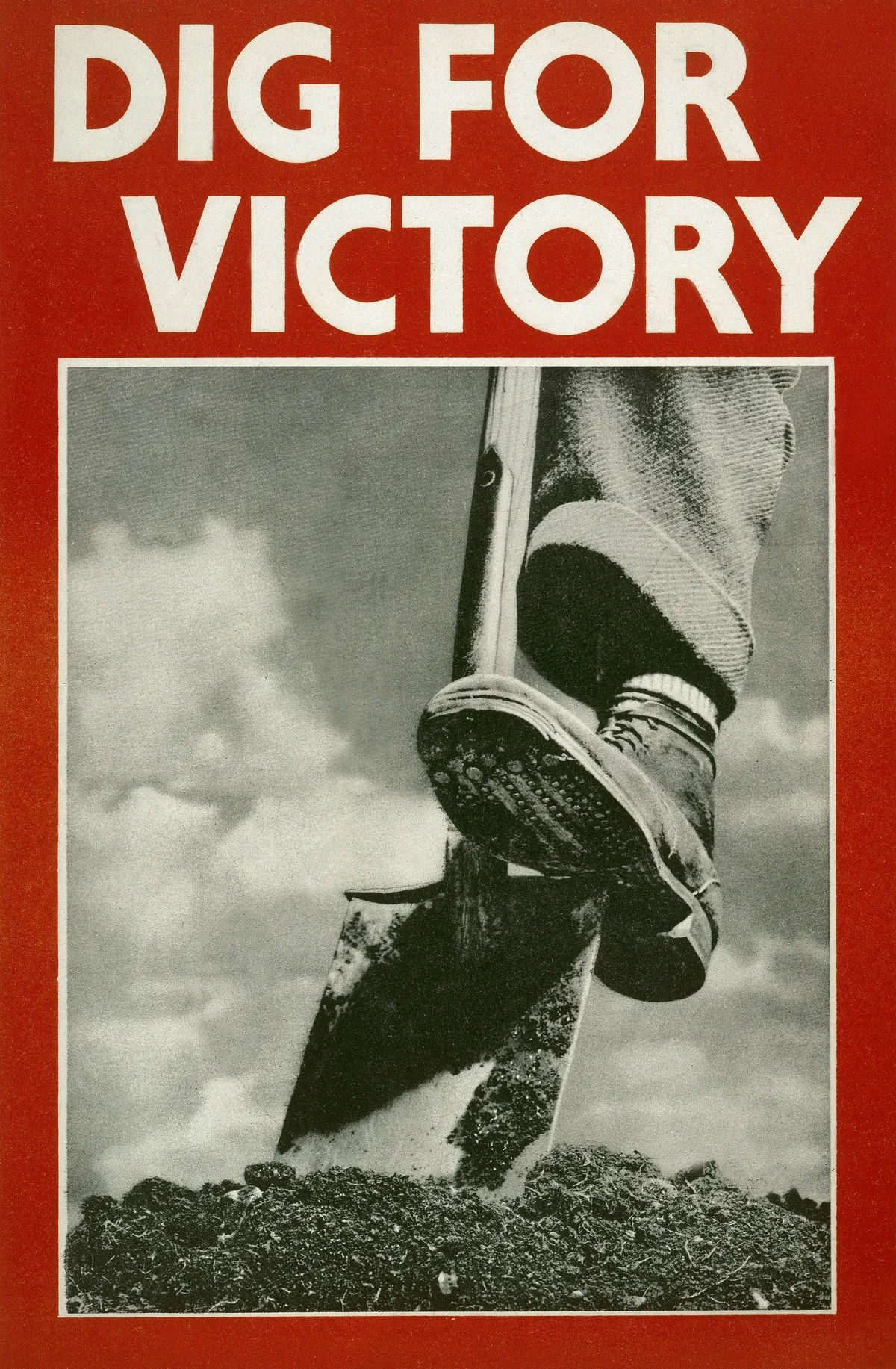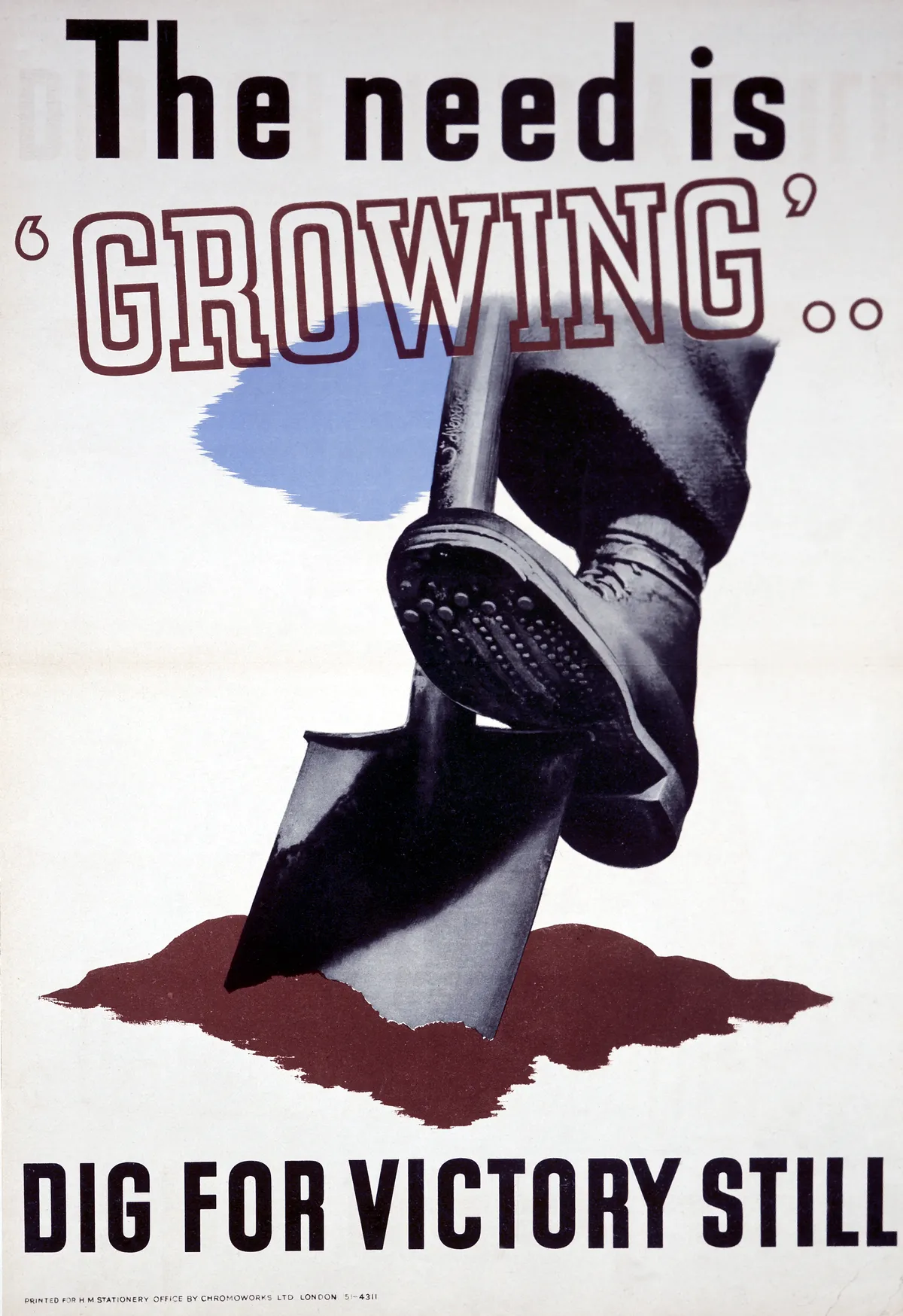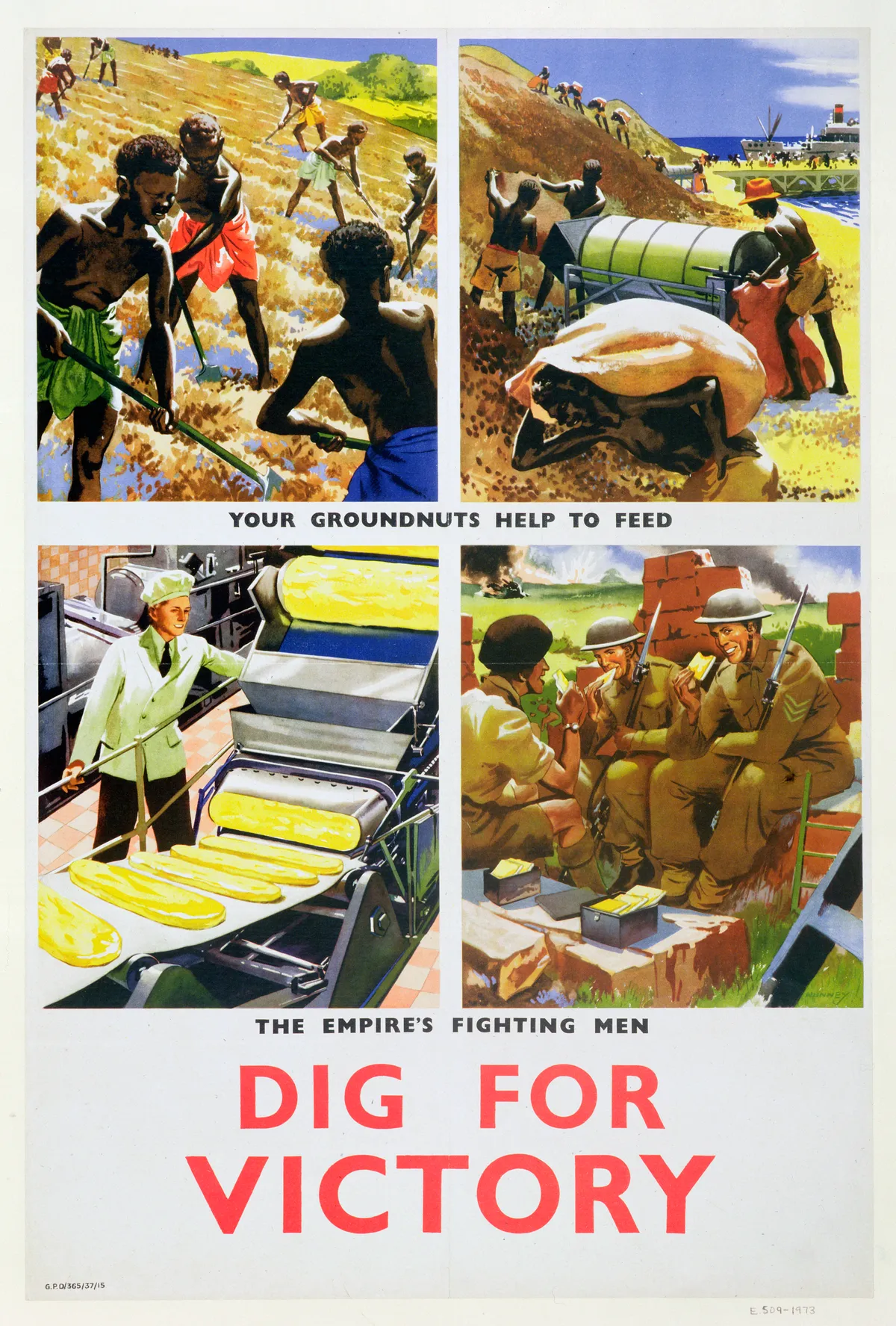Today we find ourselves faced with the threat of climate change and increasing levels of obesity. There’s a call to arms being heard once again as we are encouraged to ‘make do and mend’ and grow our own fruit and vegetables in a ‘dig for victory’-style return to the land. Such phrases are immediately redolent of the Second World War, when the threat was more tangible and everyone was required to take part in ensuring the nation’s survival.

October this year is the 80th anniversary of the launch of the Dig for Victory campaign, which saw domestic gardens, public parks, school playing fields and even Oxford college lawns turned into allotments to support the war effort. Much of the campaign's success, which was overseen by the Ministry of Agriculture, was thanks to the Royal Horticultural Society’s role in teaching men and women across the country how to grow vegetables year round.

Second World War rationing began in in January 1940 after food imports came under threat and that was when the original ‘Dig for Victory’ campaign really gathered pace: the number of allotments more than doubled and unusual plots of land became productive, including the moat of the Tower of London, railway sidings, window boxes and the lawns at Kew Gardens. Public awareness campaigns saw ‘celebrity’ gardener Mr Middleton give his expert advice on the BBC Home Service, while posters and leaflets made their visual impact to the extent that by the middle of the war, 70 per cent of food was home-produced.
This month the RHS is marking the anniversary with a series of exhibitions. On display will be photographs and other memorabilia sent into the RHS in response to its public appeal for wartime gardening memories.
Dig for Victory is on display at RHS Lindley Library until 15 November, and at all RHS Gardens until 17 November. rhs.org.uk






